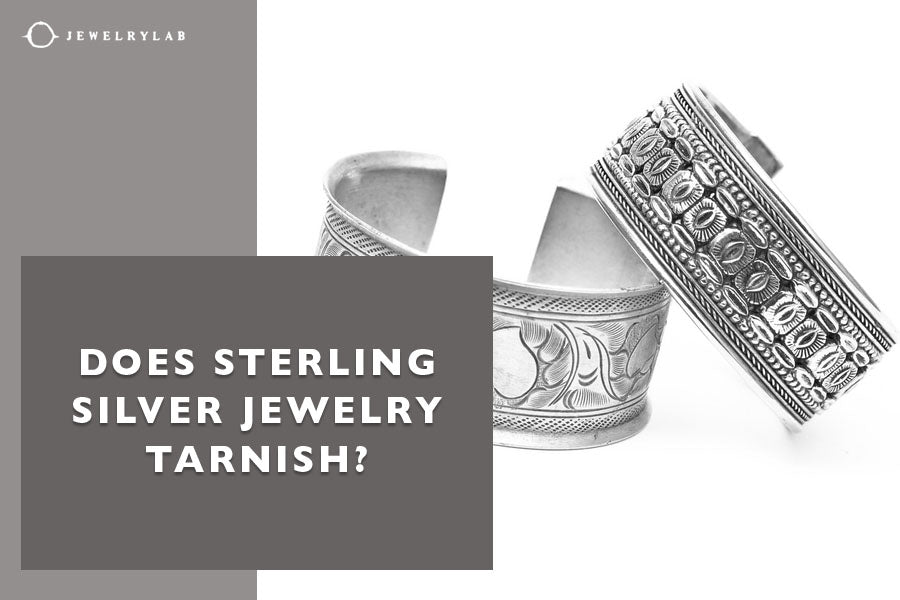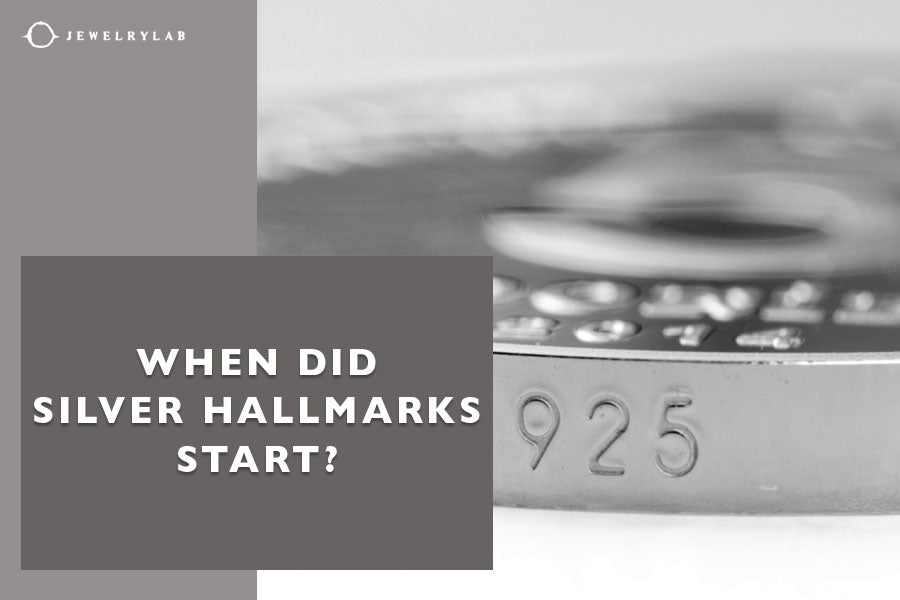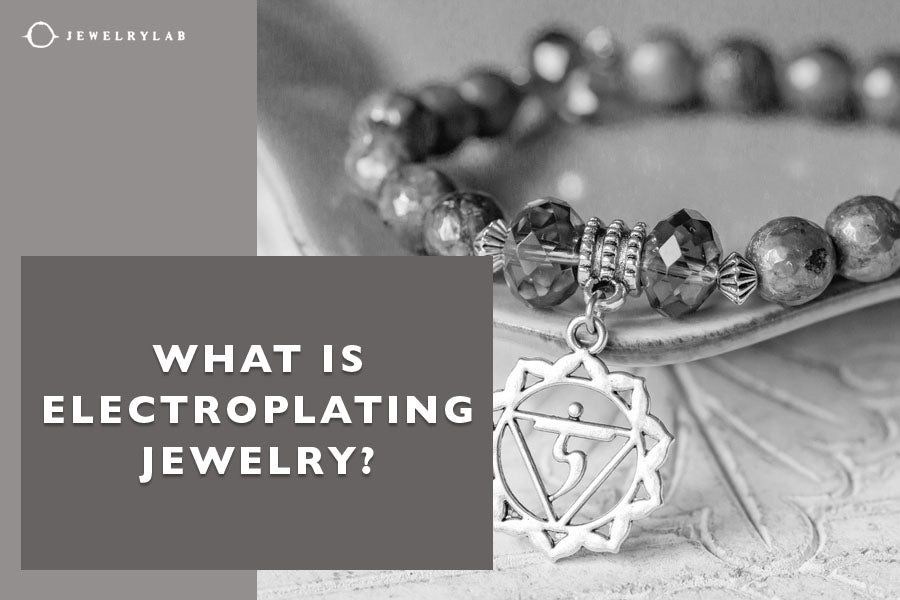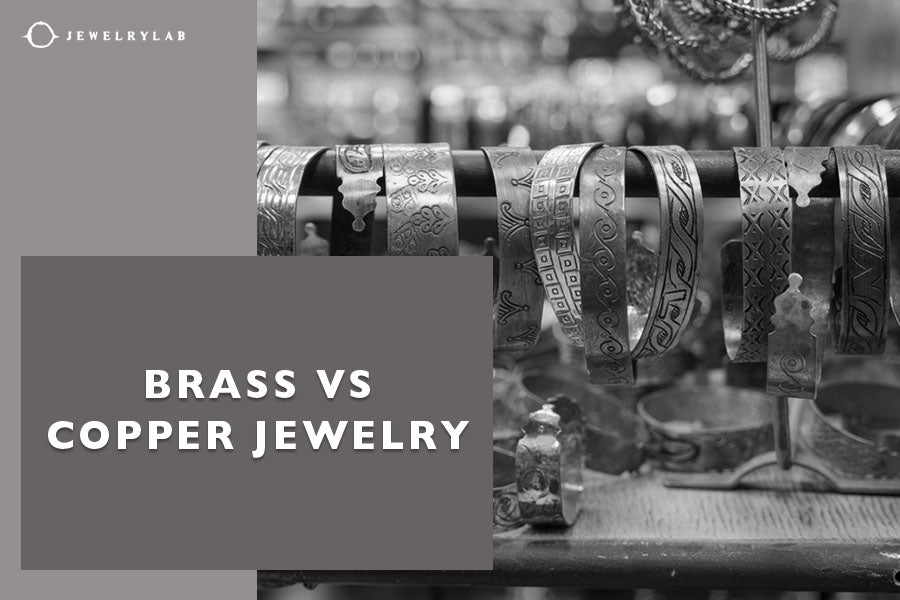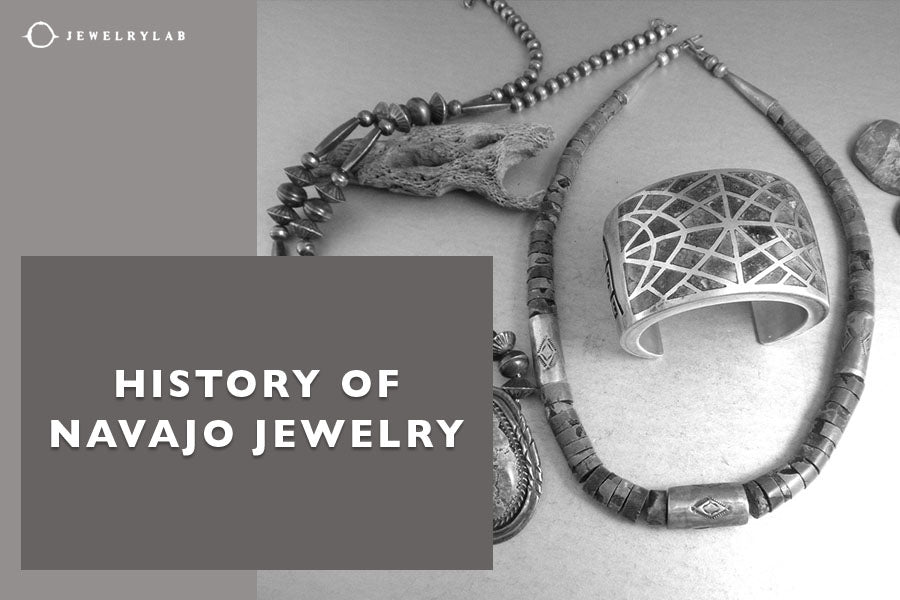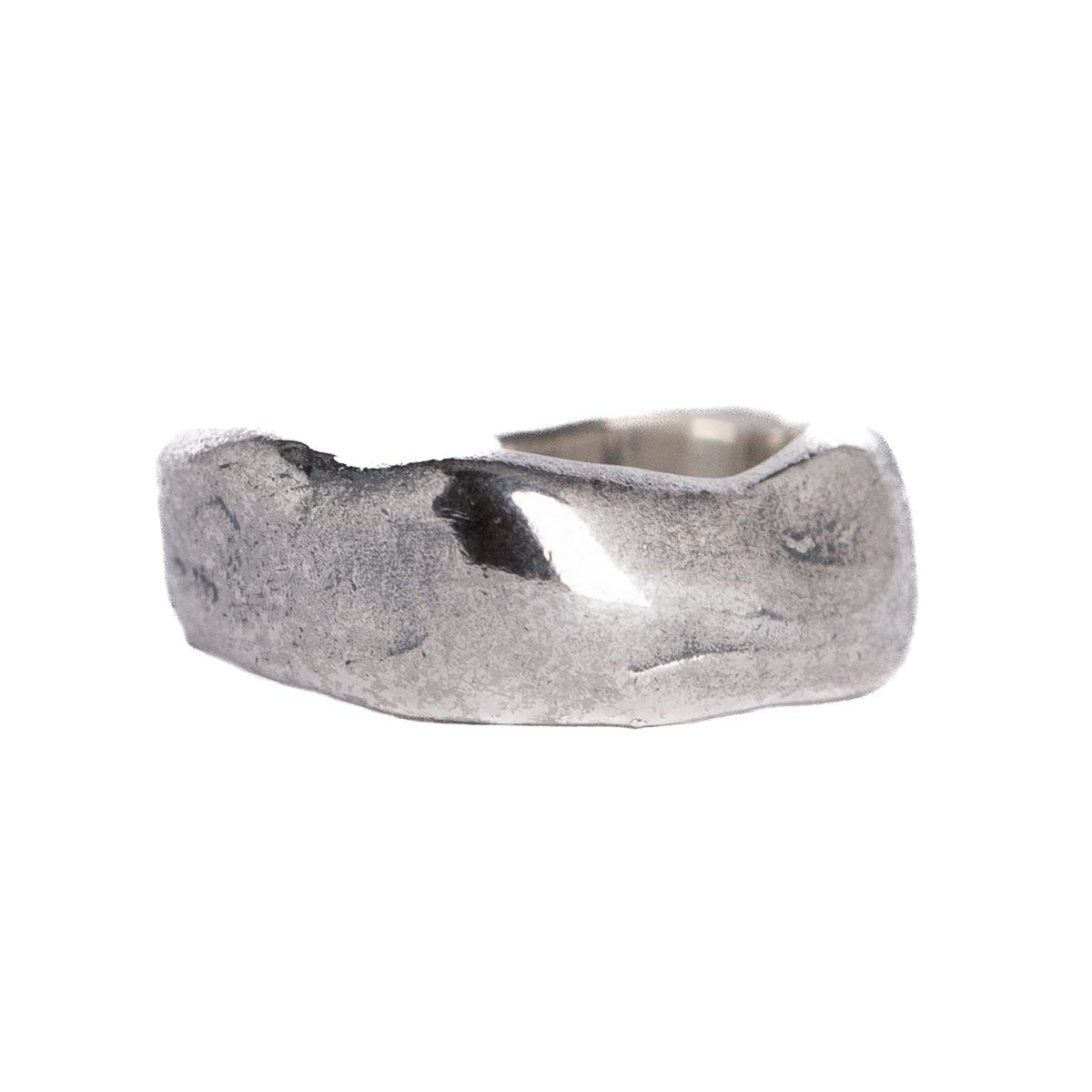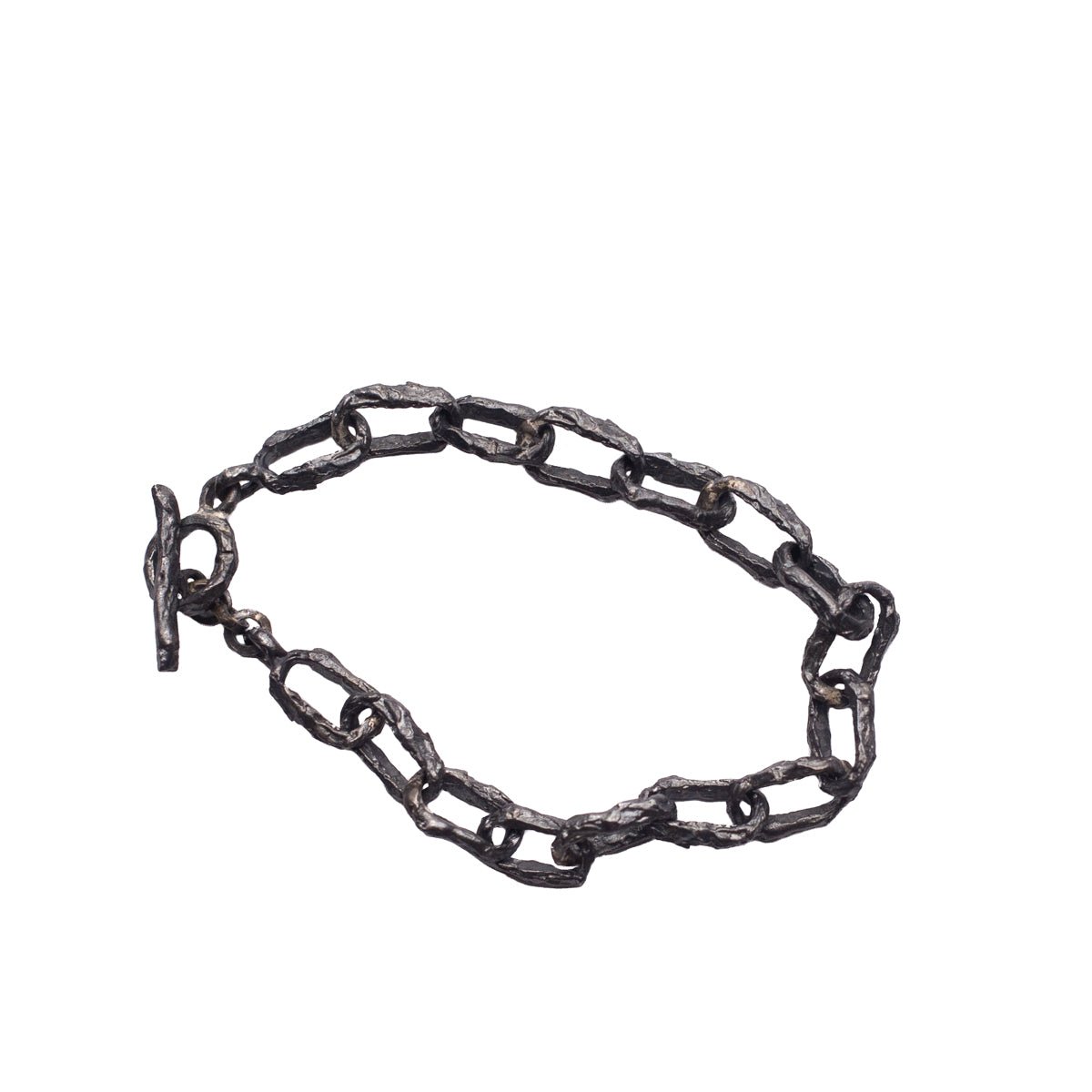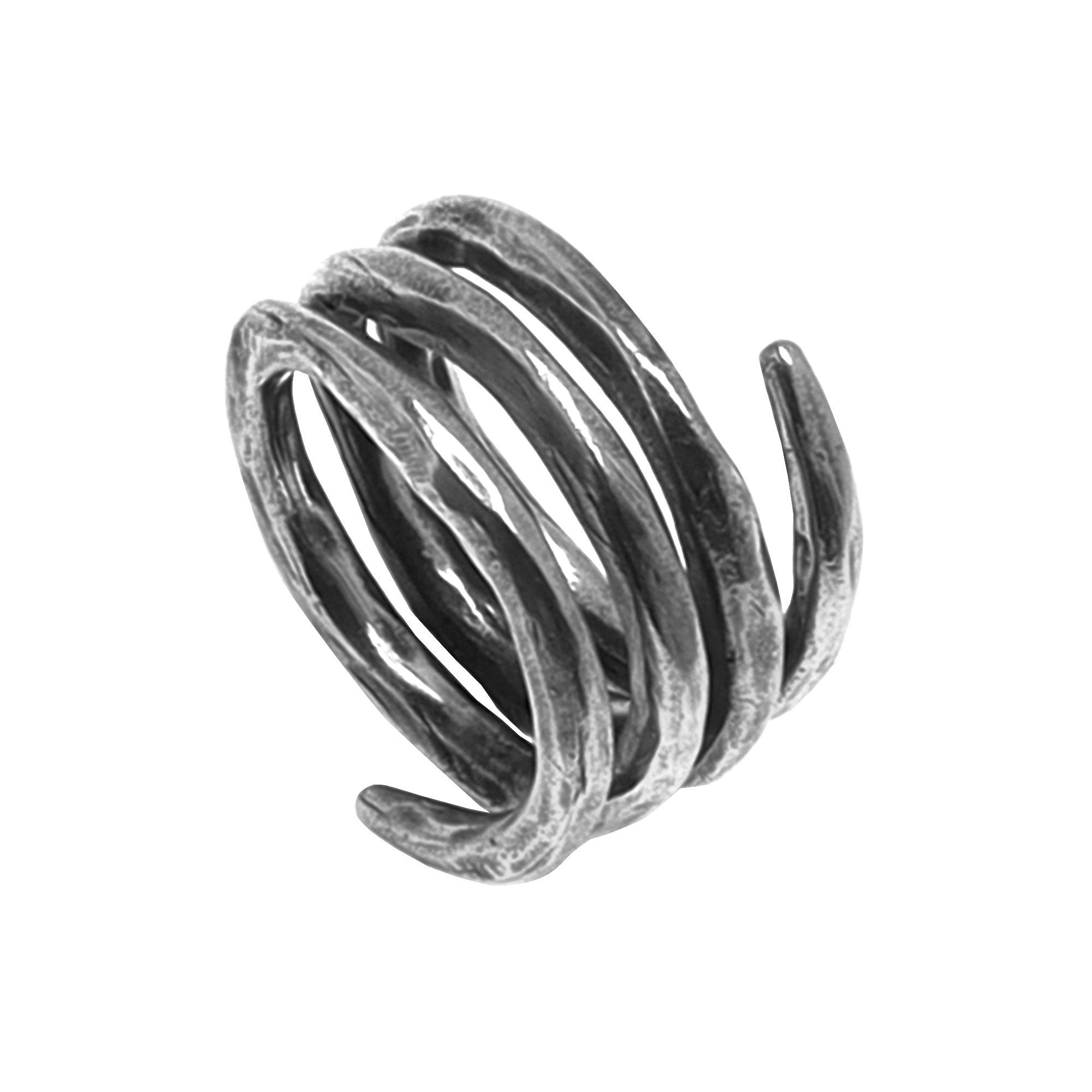by Jesús Zabala - 7 min read
Letter Markings on Gold Jewelry
Every detail, from the design to the letter and symbol markings, tells a story in jewelry. At first glance, markings and stamps might be easily overlooked as decorative elements. However, the letter markings on gold jewelry go beyond aesthetics. Many might be surprised to find that letter markings speak to the quality and authenticity of the jewelry piece.
This article will guide you through the significance of letter markings, exploring the different types of markings and their role in quality assurance. It will also explore how these small, seemingly insignificant markings and symbols help shape their goldsmith industry and what they mean to you.

The Importance of Letter Markings
At JewelryLab, we believe that letter markings in gold jewelry play a significant role. Looking back through history, we find that jewelry marking can be traced to 13th-century England.
King Edward I made the first attempt to introduce quality control in jewelry making. Under his rule, all jewelry items made from gold were marked with the symbol of the leopard head. The practice of hallmarking and letter markings lives on today.
Different types of gold hallmark symbols are used across different regions of the world. However, they share the same goal. Regardless of a gold piece being hallmarked with a shape stamp or a letter, it aims to inform potential buyers of the purity of the jewelry item.
While the letter marking in gold jewelry is mainly used to the community the gold's quality, it may also have other purposes. For instance, jewelry manufacturers like to use a letter date stamp. Simply put, rather than using numbers to mark the year in which the gold has been tested, manufacturers now prefer using a letter to identify the item's purity.
Common Letter Markings on Gold Jewelry
Some of the most common markings found on gold jewelry items include karat stamps, hallmarks, and assay marks. For instance, karat marks usually combine letters and numbers, but other letters often appear alongside the karat mark.
These purity marks offer deeper insight into the nature of the jewelry piece. Each of these letter markings holds significant information about the jewelry's gold content and overall quality.
Here are some of the most common letter markings found on gold jewelry:

P marking
The P marking is used to signify that the piece in question is plumb. Better said, the role of this marking is to confirm that the gold quality is exactly as stated. For example, a '10KP marking guarantees the item is exactly 41.7% gold.
GP marking
The GP mark stands for gold-plated. This marking states that the jewelry item holds a thin layer of gold bonded to another type of metal, such as brass or silver. Gold-plated jewelry is of lesser quality when compared to pure gold and may tarnish more easily. However, it makes a more affordable variant.
GF marking
GF indicates that the jewelry is gold-filled, denoting a piece that boasts a thicker layer (at least 5%) than gold-plated jewelry. The marking might appear as "10K GF" or "1/20 10K GF," indicating the gold content and purity.
RG/RGP marking
The RG acronym denotes "rolled gold," while RG stands for "rolled gold plate," and both may be used interchangeably. Such engravings communicate that the jewelry piece includes 100 times more gold than standard gold-plated items. They are used to emphasize the higher quality and durability of an item.
GE/GEP marking
These letter markings speak of how the jewelry has been produced. They represent gold electroplated items, where gold is applied to a base metal using an electric current. The electroplating method is similar to gold plating; however, it produces a thicker layer of gold.
HGE marking
HGE signifies heavy gold electroplate or hard gold electroplate. It indicates that a gold-plated piece comes with a slightly thicker gold layer than those marked GP or GE.
Karat markings
Learning the karat system is arguably one of the most important aspects of understanding the quality of gold jewelry. First, we should mention that "karat" measures the gold purity in fractions of 24. The karat markings speak to the content of a jewelry piece that is pure gold. The system is simple to navigate, as the higher the number, the purer the gold.
Gold karat stamps include a numerical value followed by K, ,KT, or Kt, each indicating the piece's gold content relative to 24 parts. Here's a breakdown of what these common karat stamps signify:
9K (or 9KT, 9Kt)
Jewelry with a 9K stamp comprises 9 parts gold and 15 parts other metals, translating to 37.5% gold content. This is the lowest karat gold, offering a more budget-friendly option with a lighter gold color due to the higher alloy content.
10K (or 10KT, 10Kt)
A piece marked 10K contains 10 parts of gold and 14 parts of alloy, making it 41.7% gold. This pale yellow gold is valued for its affordability and durability, suitable for daily wear.
14K (or 14KT, 14Kt)
With a 14K stamp, the jewelry is 58.3% gold (14 parts gold and 10 parts alloy). Available in white, rose, and yellow gold, 14k gold is favored for engagement rings and wedding bands due to its rich color and durability.
18K (or 18KT, 18Kt)
An 18K mark means the item is 75% gold, blending 18 parts of gold with 6 parts of alloy. This is the luxury standard in the U.S., especially for wedding jewelry. Due to its purer gold content, the 18K gold jewelry has a deeper yellow hue and a higher gold content.

24K (or 24KT, 24Kt)
As you might assume, the highest gold stamp numbers come with the highest purity level. Jewelry stamped with 24K is as pure as gold gets, being 99.9% gold. This type of gold has a distinct, rich appearance. However, its softness makes it more susceptible to dents and scratches.
Hallmarks and assay marks
Hallmarks are essentially a form of consumer protection, guaranteeing the gold content in a piece of jewelry. They are a testament to the item's adherence to strict standards of purity and quality.
However, many might wonder why the use of hallmarks persists even in modern times when the quality of a jewelry item can be guaranteed through paperwork. The reason behind the use of gold hallmark identification is simple. It allows the average person to distinguish one type of gold or precious metal from another. Determining 24k gold simply by eyesight is impossible, so jewelry enthusiasts find it best to rely on the hallmarking system.
Assay marks are also used to denote the purity of gold. These three-digit numbers reflect the gold's purity in percentage. It's worth noting that assay marks indicate where the precious metal used in the jewelry was tested and confirmed for its quality. Each assay office has its own stamp, and they are usually country-specific.
Country-specific markings
Countries with a rich history in jewelry making have developed unique jewelry markings to signify the origin and authenticity of their pieces. While many of the imprints we speak of signify gold purity, country-specific markings also stand as symbols of heritage and craftsmanship.
For instance, French gold jewelry is marked with the "Eagle's Head". This symbol stands as an indicator of minimum 18k gold fineness and a statement of French craftsmanship. Another country that is greatly renowned for its jewelry hallmarking system is Switzerland.
Their gold jewelry stamp meanings were first determined by the 1880 Precious Metal Control Act, to which the Swiss still abide. One of their most famous symbols is the head of Helvetia. This jewelry stamp is also known as Confoederatio Helvetica (CH) and stands as a symbol for 18k gold.
Manufacturer's marks
A manufacturer's mark, also known as a trademark, is the stamp used to identify the creator or designer of the jewelry. Each manufacturer has their own signage, and the mark can come in the form of a symbol (usually logo), initials, or brand name. Including a manufacturer's mark on the jewelry a brand creates is an excellent way to showcase their dedication to quality.
Usually, jewelry with this type of mark tends to be worth more. This can be true even if the symbol on the gold piece doesn't belong to a household name. For collectors and enthusiasts, these marks provide valuable information for tracing the history and provenance of a piece, adding to its sentimental and monetary value.

Conclusion
Since their initial introduction during the 12th century, until today, letter markings on gold jewelry have stood the test of time. These markings are a testament to purity, quality, and craftsmanship. Common markings, such as karat stamps, hallmarks, and assay marks, all have a common goal of offering a glimpse into the jewelry item’s essence.
In addition to these, other letters are also used for jewelry marking. Some such as P are used to signify the gold’s plump quality, while others, like the GE marking serve as a symbol for the method of production.
While letter markings in jewelry are mostly used to speak of the item's quality, an element of heritage and history also enters the picture. These aspects are most present in country-specific markings and trademark stamps.


